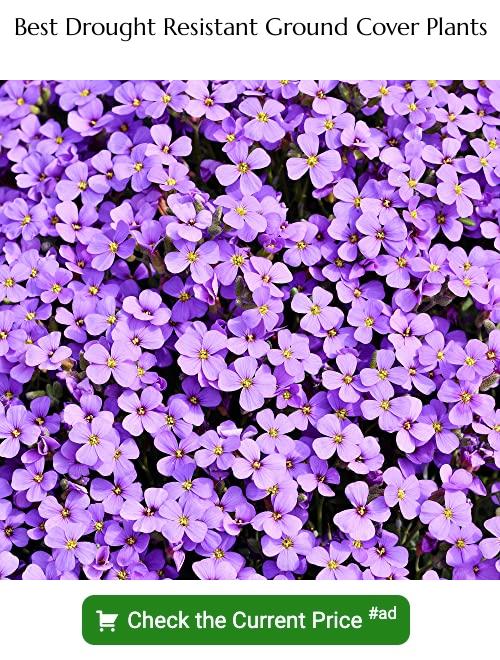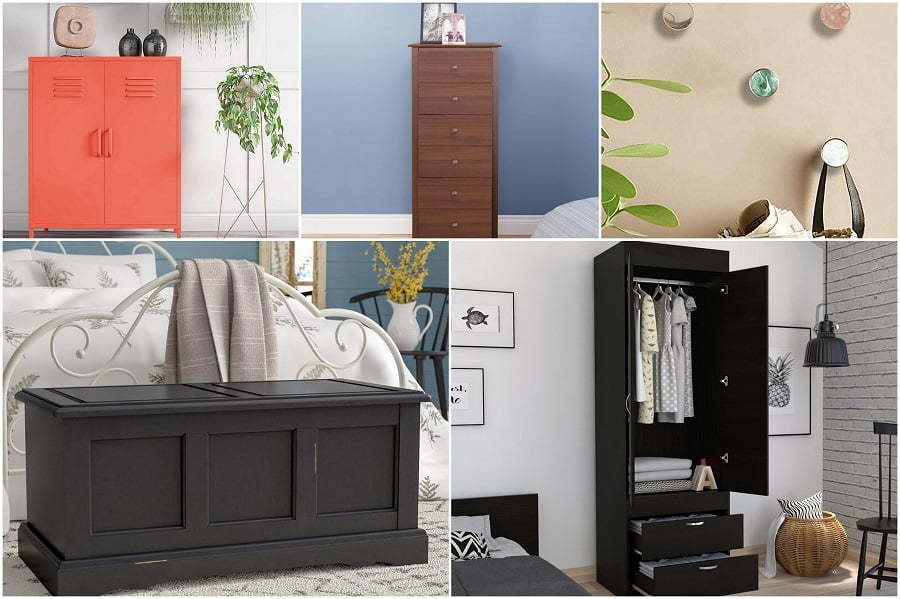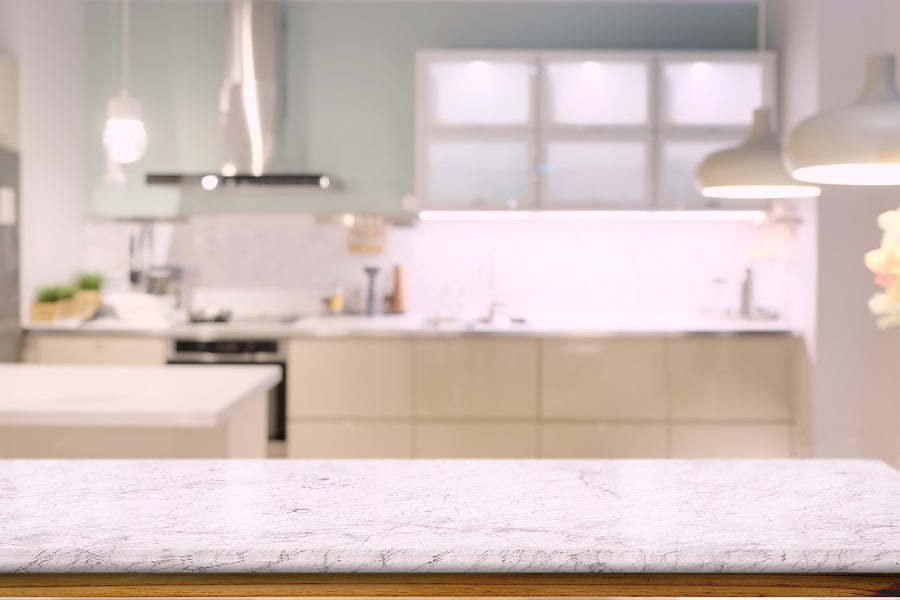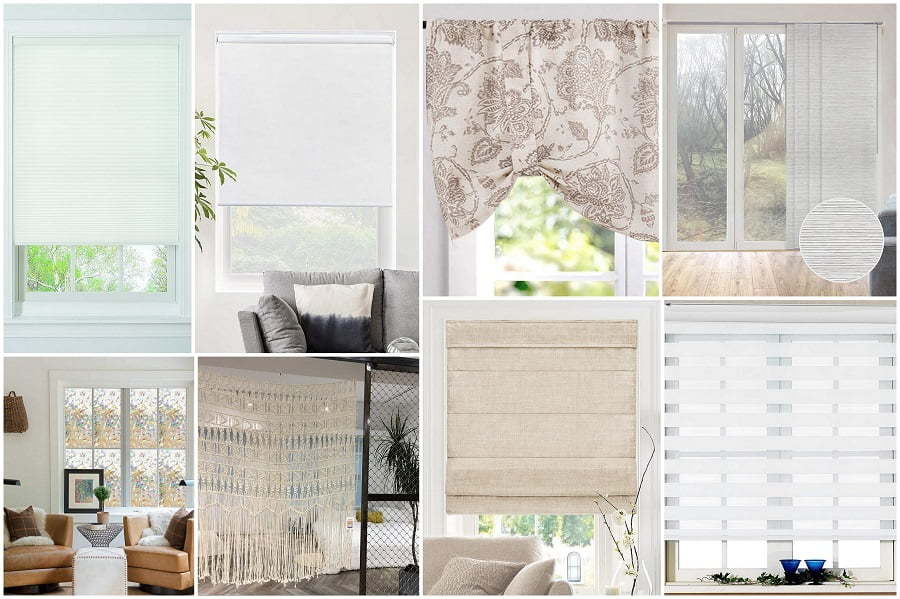Last updated on
Discover the best grass alternatives for Texas landscapes as we explore eco-friendly, low-maintenance options that thrive in the Lone Star State.
Texans love their lawns, but maintaining a lush green lawn can be both time-consuming and expensive. Fortunately, there are plenty of grass alternatives that can help you create a beautiful and sustainable landscape without breaking the bank.
In this article, we’ll explore some of the best grass alternatives for Texas homeowners who want to save money on their landscaping while still enjoying a vibrant and healthy outdoor space. From native plants to low-maintenance groundcovers, we’ve got you covered with tips and advice for creating an eco-friendly and budget-friendly landscape that will make your neighbors green with envy.
So let’s dive in!
Drought-Tolerant Grass Alternatives

Fortunately, there are many grass alternatives that thrive in hot and arid climates. Drought-tolerant groundcovers like creeping thyme or sedum require little water once established and add texture and color to your landscape.
Buffalo grass is another popular option for Texas homeowners looking for a low-maintenance alternative to traditional turfgrass. This native species has deep roots that allow it to survive long periods of drought without supplemental watering.
Other options include ornamental grasses like blue fescue or fountain grass which have adapted well in the Texas heat while adding visual interest with their unique textures and colors.
Native Texas Groundcovers
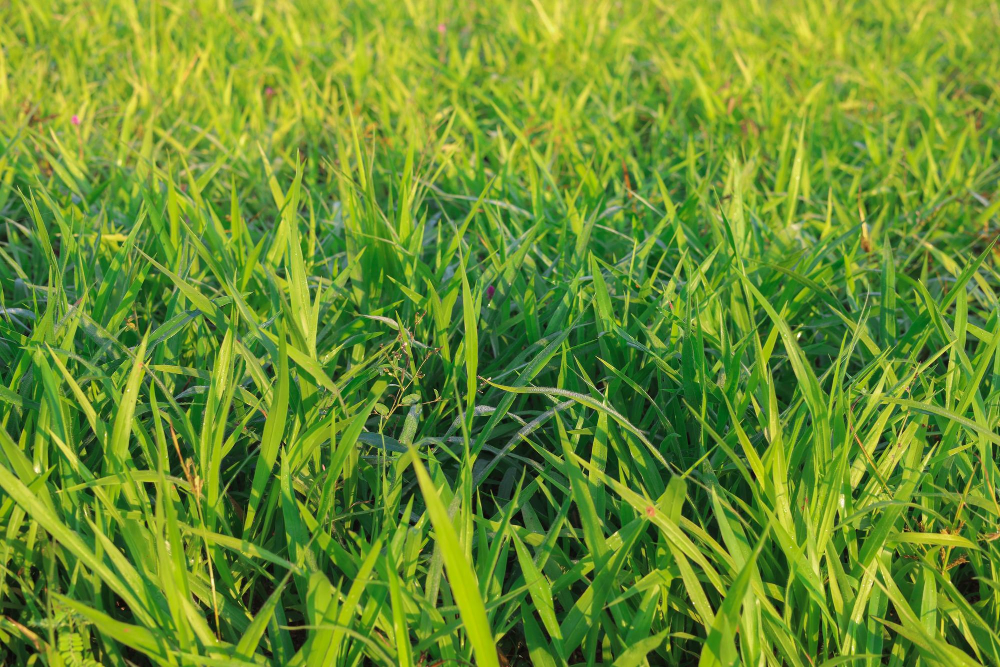
These plants are well adapted to the local climate, which means they require less water and maintenance than traditional grass lawns. Some popular native groundcovers in Texas include buffalo grass, blue grama grass, and sideoats grama.
These species can be used alone or mixed together to create a diverse and visually appealing lawn alternative.
In addition to being low-maintenance, native groundcovers also provide important ecological benefits such as erosion control, soil stabilization, and habitat for pollinators like bees and butterflies. They also help reduce the amount of water needed for irrigation while still providing greenery throughout the year.
When selecting native Texas groundcovers for your yard or garden space it is important that you choose varieties that will thrive in your specific region of the state based on factors such as sun exposure levels or soil type. Consulting with a local nursery professional can help ensure you select appropriate species that will flourish in your area.
Low-Maintenance Lawn Substitutes
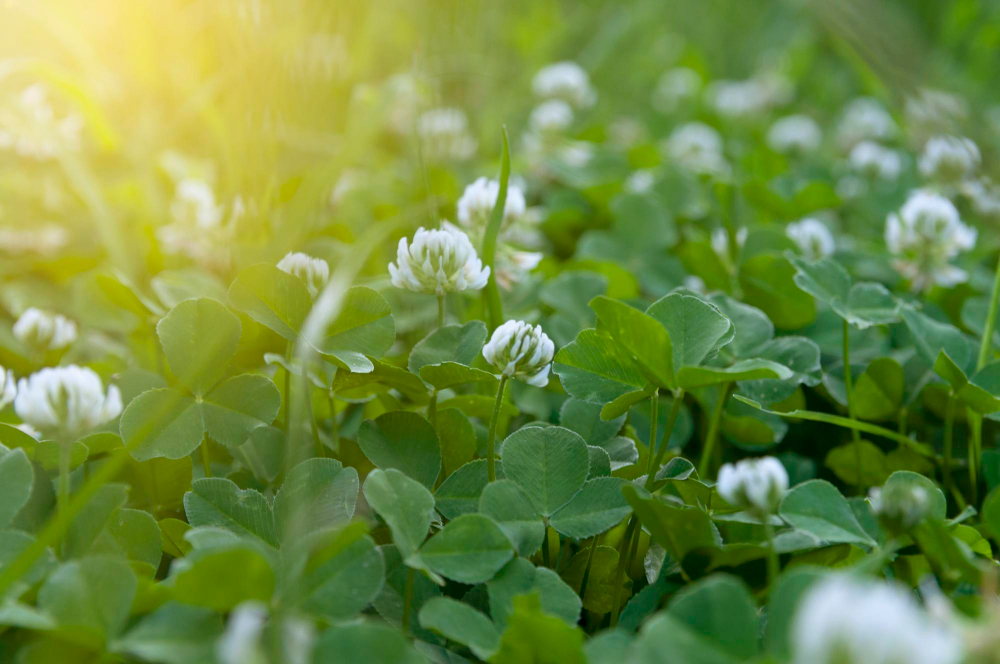
One popular choice is clover, which is drought-tolerant and requires little mowing or watering. Clover also attracts pollinators like bees and butterflies, making it an eco-friendly option for your yard.
Another great low-maintenance alternative to grass is moss. Moss thrives in shady areas where grass may struggle to grow and requires no mowing or fertilizing.
It’s also naturally resistant to pests and disease.
For those who prefer a more traditional look, consider using groundcovers like creeping thyme or sedum instead of grass. These plants spread quickly but stay relatively short, so they require less maintenance than traditional lawns.
No matter what type of low-maintenance lawn substitute you choose, be sure to research the specific needs of each plant before planting them in your yard.
Benefits of Grass Alternatives in Texas
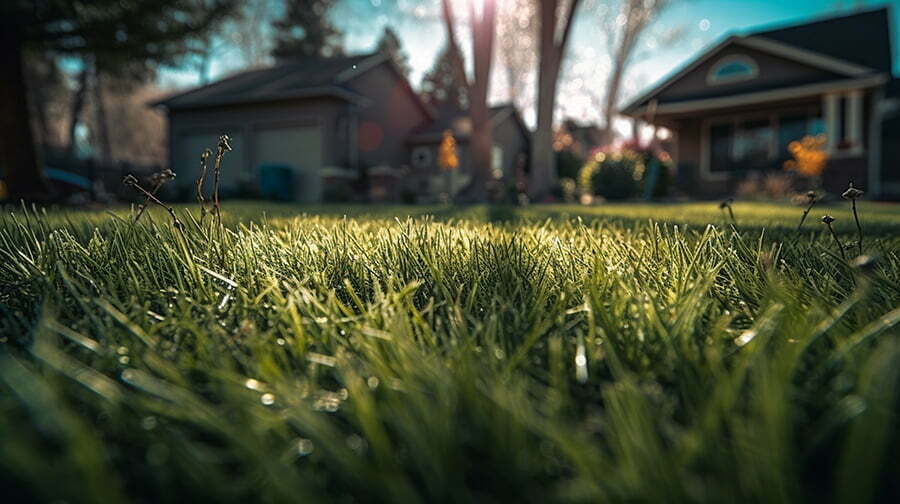
For starters, they require less water and maintenance than traditional lawns, making them a more sustainable and eco-friendly option. This is especially important in Texas where droughts are common and water conservation is crucial.
Grass alternatives can help reduce the amount of pesticides and fertilizers needed to maintain a healthy lawn, which can be harmful to both humans and wildlife.
Another benefit of grass alternatives is that they provide habitat for native plants and animals. Many groundcovers such as clover or thyme attract pollinators like bees while also providing food sources for birds or small mammals.
Choosing grass alternative options over traditional turfgrass can save you money on your landscaping costs in the long run since many require little upkeep once established compared to high-maintenance lawns that need frequent mowing or watering.
Artificial Grass Types
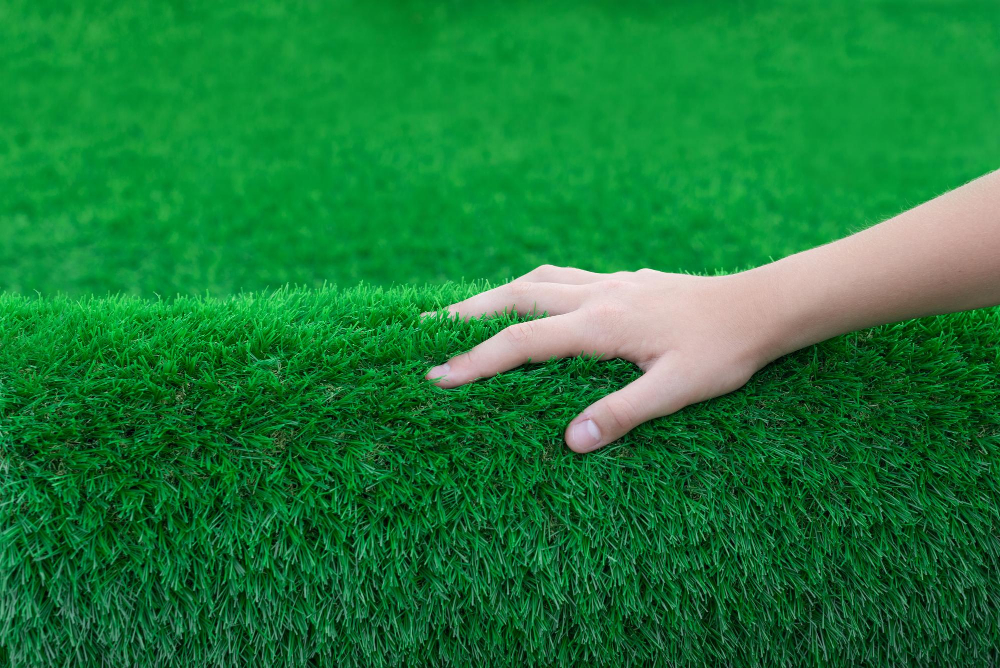
There are several types of artificial grass to choose from, each with its own unique features and benefits. Nylon artificial turf is one of the most durable options available, making it ideal for high-traffic areas or homes with pets.
Polyethylene turf has a softer feel and more natural appearance than nylon, but may not be as durable over time. Polypropylene turf is typically less expensive than other types but may not hold up as well in extreme weather conditions.
When selecting an artificial grass type, consider factors such as durability, texture, color variation and price point to find the best fit for your needs and budget.
Sustainable Landscaping Options
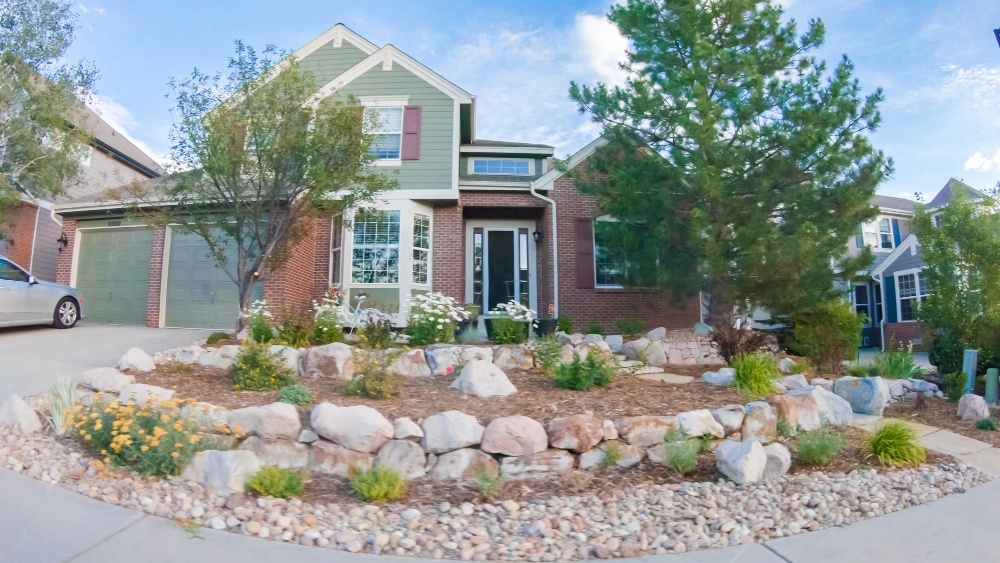
By choosing grass alternatives that require less water, fertilizer, and maintenance than traditional lawns, you can save money on your utility bills while conserving precious resources. Some sustainable landscaping options include using native plants that are adapted to the local climate and soil conditions or incorporating hardscaping features like patios or walkways made from recycled materials.
Another option for sustainable landscaping is xeriscaping, which involves designing a landscape that requires little to no irrigation beyond what nature provides. Xeriscapes typically feature drought-tolerant plants like succulents or cacti as well as gravel or mulch groundcovers instead of grass.
By embracing sustainable landscaping practices in Texas, you can create an eco-friendly yard that not only looks great but also helps protect the environment for future generations.
Perennial Plant Alternatives
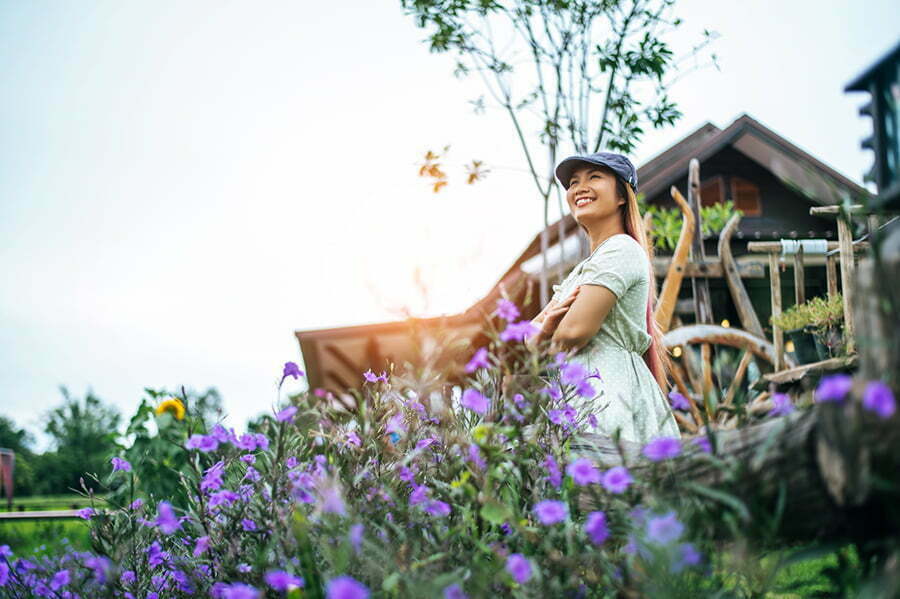
Not only do they require less maintenance, but they also provide year-round color and texture to your landscape. Some popular perennial plant alternatives include wildflowers, succulents, and ornamental grasses.
Wildflowers are an excellent choice for those who want a low-maintenance lawn that is both beautiful and beneficial for local wildlife. Native wildflower species like bluebonnets, Indian paintbrushes, and black-eyed Susans thrive in the hot Texas climate while attracting pollinators like bees and butterflies.
Succulents are another great option for Texans looking to replace their traditional lawns with something more sustainable. These water-wise plants come in a variety of shapes and sizes ranging from small groundcovers to large statement pieces like agave or yucca.
Ornamental grasses can add height as well as texture variation when used alongside other perennials or shrubs within your landscape design plan. They’re drought-tolerant too!
Eco-Friendly Yard Solutions
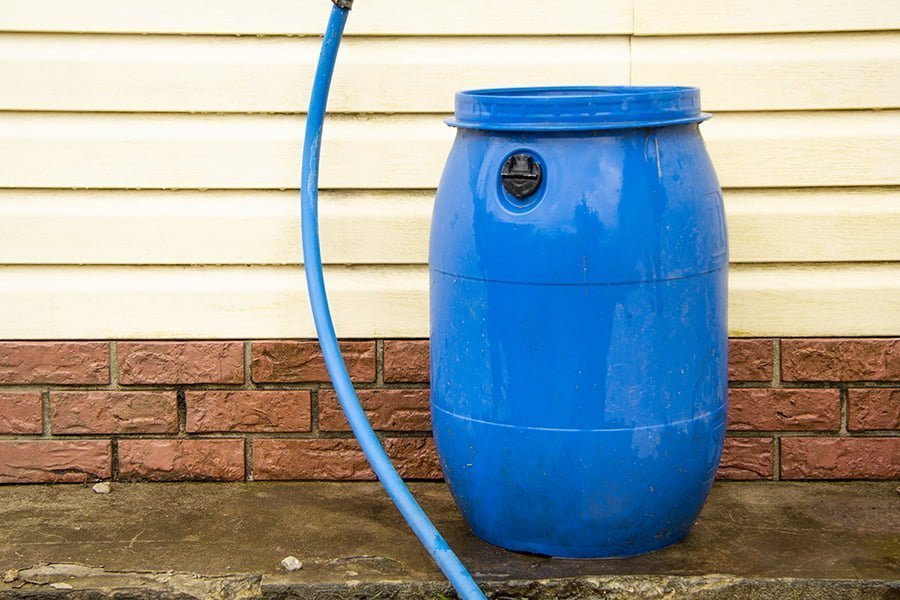
One way to achieve this is by incorporating native plants into your yard. Native plants are adapted to Texas’ climate, which means they require less water than non-native species.
They also provide food and habitat for local wildlife such as birds, butterflies, bees, and other pollinators.
Another eco-friendly solution is using organic fertilizers instead of synthetic ones that contain harmful chemicals that can leach into groundwater or harm beneficial insects in the soil. Organic fertilizers are made from natural materials like composted manure or plant matter; they release nutrients slowly over time while improving soil health.
Consider installing a rain barrel or cistern system to collect rainwater from gutters downspouts during rainy seasons; this will help you conserve water when there’s a drought while providing free irrigation for your garden beds during dry spells.
Ornamental Grass Species

These versatile plants come in a wide range of sizes and shapes, from tall feathery plumes to low-growing mounds. Some ornamental grass species are evergreen while others die back in the winter months but return with vigor each spring.
One of the most popular ornamental grasses for Texas gardens is Gulf Muhly (Muhlenbergia capillaris). This native plant produces stunning pinkish-purple blooms that appear in late summer or early fall.
It’s drought-tolerant once established and can grow up to three feet tall.
Another great option is Big Bluestem (Andropogon gerardii), which is also native to Texas. This striking plant features blue-green foliage that turns reddish-bronze in the fall before going dormant for winter.
It can reach heights of six feet or more under ideal conditions.
Other notable ornamental grass species include Fountain Grass (Pennisetum alopecuroides), Switchgrass (Panicum virgatum), Little Bluestem (Schizachyrium scoparium) and Mexican Feather Grass(Nassella tenuissima).
Groundcover Installation Tips
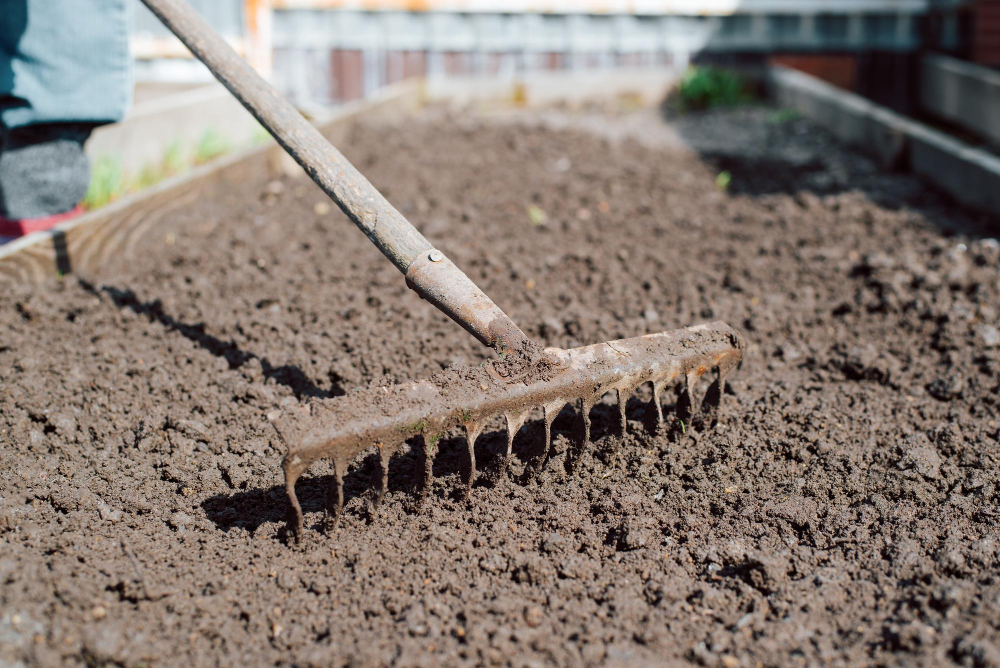
Before you begin, make sure the area is free of weeds and debris. If necessary, add a layer of compost or topsoil to improve soil quality and drainage.
Next, determine the spacing requirements for your chosen groundcover species. Some plants will need more room than others to spread out and establish themselves properly.
Once you’ve prepared the area and determined your spacing needs, it’s time to start planting! Dig small holes for each plant that are slightly larger than their root balls. Gently loosen any tangled roots before placing them in the hole.
After planting each individual plant or clump of plants (depending on what type of groundcover you’re using), water thoroughly until the soil is moist but not saturated. Be sure to keep an eye on moisture levels during establishment – newly planted areas may require more frequent watering until they become established.
Designing a Texas Xeriscape
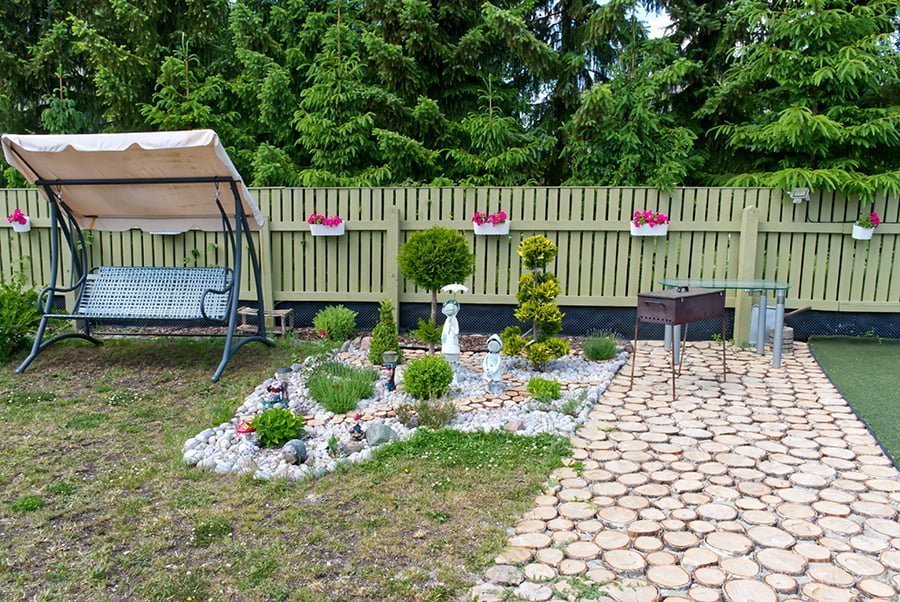
A xeriscape is essentially a low-water-use garden that incorporates drought-tolerant plants, mulch, and other materials to reduce the need for irrigation. When designing your Texas xeriscape, it’s important to consider factors such as soil type, sun exposure, and drainage.
Start by selecting native plants that are well-suited to the local climate and soil conditions. Some popular options include agave, yucca, cactus varieties like prickly pear or barrel cactus; flowering perennials like black-eyed Susan or Mexican hat; ornamental grasses such as blue grama or buffalo grass; shrubs like sagebrush or creosote bush.
Next up: hardscaping elements! Incorporating natural stone features can add visual interest while also helping with drainage issues in areas where rainfall tends towards flash flooding rather than steady rain over time.
Finally – don’t forget about mulching! Mulch helps retain moisture in the soil while suppressing weed growth at the same time. Organic materials such as wood chips work great here but there are many other options available depending on what you’re looking for aesthetically speaking (e.g., gravel).
Natural Hardscaping Materials

Hardscaping refers to any non-living element in your yard, such as rocks, pavers, or gravel. By incorporating natural elements into your design scheme, you can create a beautiful and sustainable outdoor space that requires minimal upkeep.
One popular option for natural hardscaping is using flagstone or other types of stone pavers. These materials come in various shapes and sizes and can be arranged in different patterns to create unique walkways or patios that blend seamlessly with the surrounding environment.
Another eco-friendly choice is decomposed granite (DG), which is made from crushed granite rock particles that have been compacted over time. DG provides excellent drainage properties while also serving as an attractive groundcover alternative.
River rocks are another versatile material commonly used in landscaping projects due to their durability and low-maintenance requirements. They work well as edging around flower beds or pathways since they don’t require mowing like traditional grass borders do.
Best Grass Alternatives for Pets
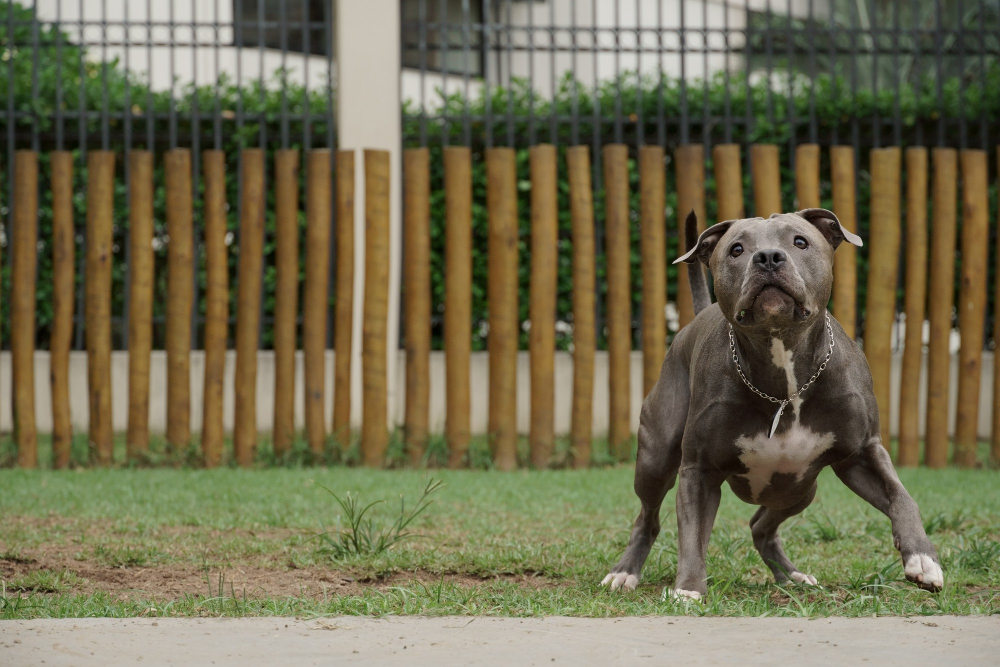
Some pets love to dig or run around in the yard, which can damage delicate plants or groundcovers. Fortunately, there are several pet-friendly options that will keep your furry friends happy while also maintaining a beautiful landscape.
One excellent choice for pet owners is clover. Clover is a hardy plant that thrives in most soil types and requires little maintenance once established.
It’s also soft underfoot, making it ideal for pets who enjoy lounging on the lawn.
Another great option is buffalo grass – this tough native species has deep roots and can handle heavy foot traffic from both humans and animals alike without showing signs of wear-and-tear.
For those looking for something more ornamental than traditional turfgrass but still durable enough to stand up against dogs’ paws running through them regularly; consider planting sedges like Carex texensis (Texas sedge) or Carex perdentata (sand sedge). These low-growing plants have narrow leaves with interesting textures perfect as groundcover replacements where you want something different than typical green lawns.
Incorporating Gravel in Landscapes
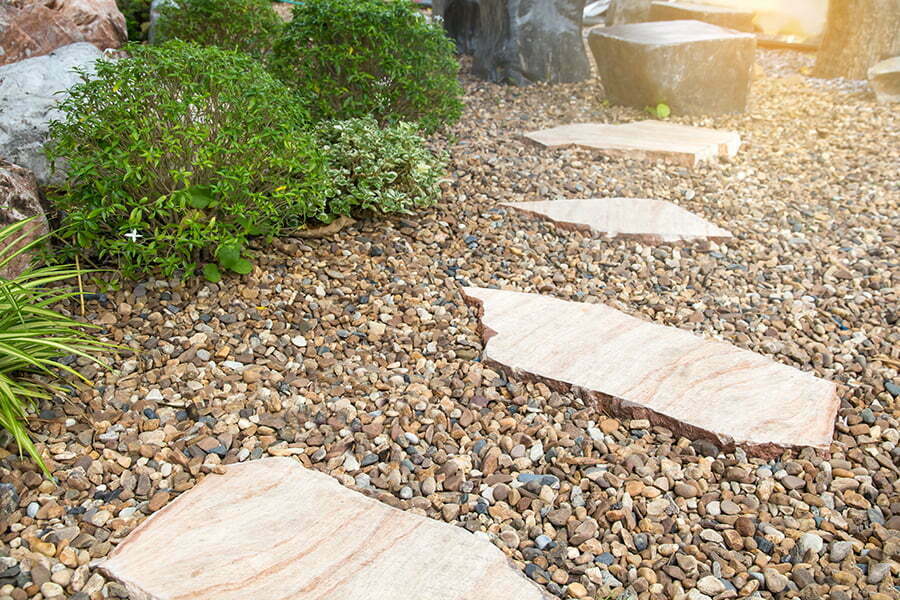
Incorporating gravel into your lawn or garden can help reduce water usage, prevent soil erosion, and add texture to your outdoor space. In Texas, where droughts are common, using gravel in landscaping has become increasingly popular as homeowners look for ways to conserve water while still maintaining an attractive yard.
One way to incorporate gravel into your landscape design is by creating pathways or walkways throughout the yard. This not only adds visual interest but also provides a practical solution for navigating through the space without damaging plants or grasses.
Another option is using decorative rocks of different sizes mixed with smaller pebbles as ground cover around trees and shrubs instead of traditional mulch which requires regular replacement due to decomposition.
When selecting gravels for landscaping purposes it’s important you choose those that are native in Texas such as decomposed granite (DG) which comes in various colors like beige-brownish tones perfect for blending with natural surroundings; pea-gravel ideal if you want something more uniformed; river rock great when looking at adding texture contrast between softscapes (plants) & hardscapes (rocks).
Benefits of Grass-Free Yards
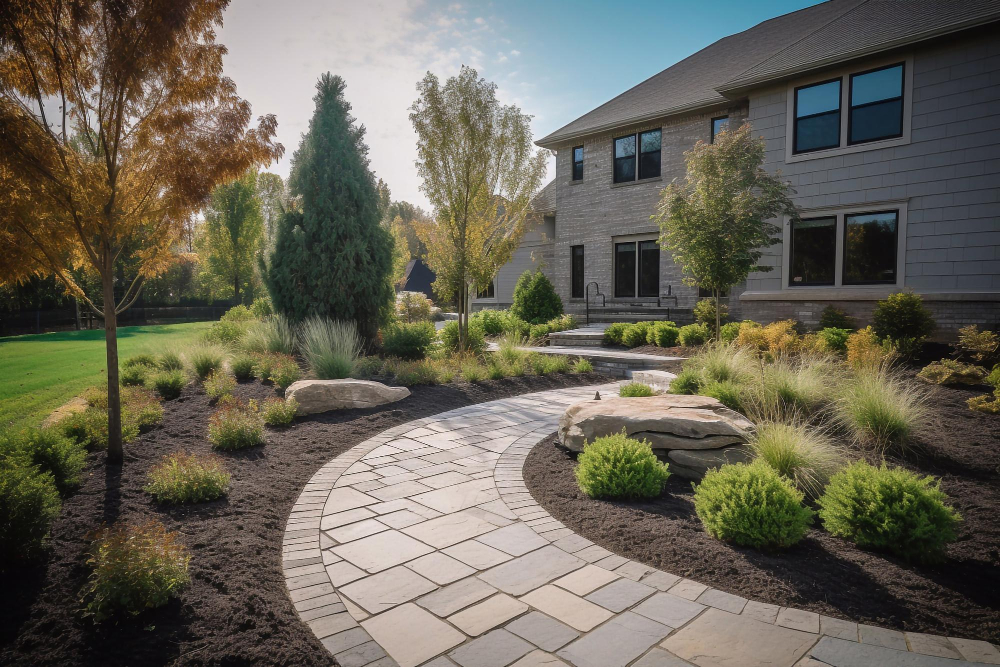
Not only do they require less maintenance than traditional lawns, but they also offer a range of benefits that can help you save time and money while creating a more sustainable landscape.
One of the main advantages of grass-free yards is that they require less water than traditional lawns. In Texas, where droughts are common and water conservation is essential, this can be a major selling point for homeowners looking to reduce their environmental impact.
Another benefit of grass-free yards is that they provide habitat for native wildlife such as birds and butterflies. By incorporating native plants into your landscape design instead of relying on non-native turfgrass species, you can create an ecosystem that supports local biodiversity.
Grass-free yards offer greater flexibility when it comes to landscaping design. Without the constraints imposed by large areas covered in turfgrass or other high-maintenance groundcovers like ivy or vinca minor; homeowners have more freedom to experiment with different types of plants or hardscaping features like patios or walkways without worrying about damaging their lawn.
Treading On Mosses and Lichens
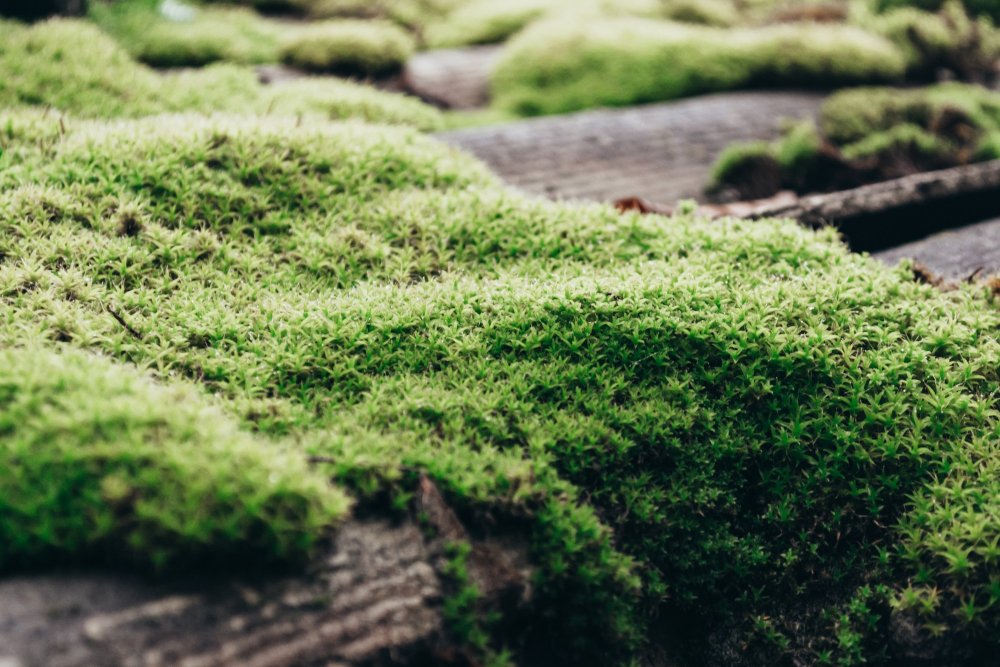
Not only do they require very little maintenance, but mosses and lichens also provide a unique texture and color that can add interest to your landscape design.
One of the benefits of using moss or lichen as groundcover is their ability to thrive in shady areas where grass may struggle. They also help retain moisture in the soil which reduces water usage.
Mosses are particularly well-suited for this purpose because they grow low to the ground, forming dense mats that prevent erosion on slopes.
Lichens come in many different colors from bright green-yellow hues to muted grays or browns depending on species type. They attach themselves directly onto rocks or trees without causing any harm while adding an interesting visual element into your garden space.
Regional Recommendations for Texas
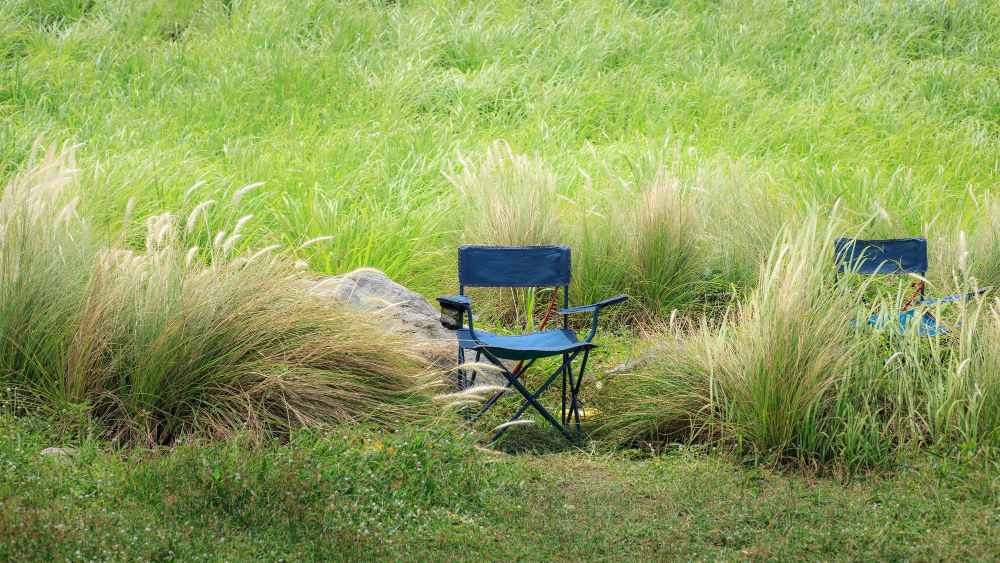
Some plants that thrive in one part of the state may not do as well in another. That’s why we’ve put together a list of regional recommendations for Texas homeowners who want to create a beautiful and sustainable outdoor space.
In North Texas, where summers are hot and dry, native buffalo grass is an excellent choice for lawns. This drought-tolerant grass can withstand extreme temperatures and requires little water or maintenance once established.
For those living along the Gulf Coast, where humidity is high year-round, ornamental sweet potato vines make an attractive groundcover option. These fast-growing vines come in a variety of colors and require minimal care.
Central Texans looking for low-maintenance lawn substitutes should consider planting silver ponyfoot or woolly stemodia instead of traditional turfgrass. Both species are drought-resistant perennials that spread quickly but don’t require mowing or fertilizing like traditional lawns do.
Expert Tips for Selecting Grass Alternatives
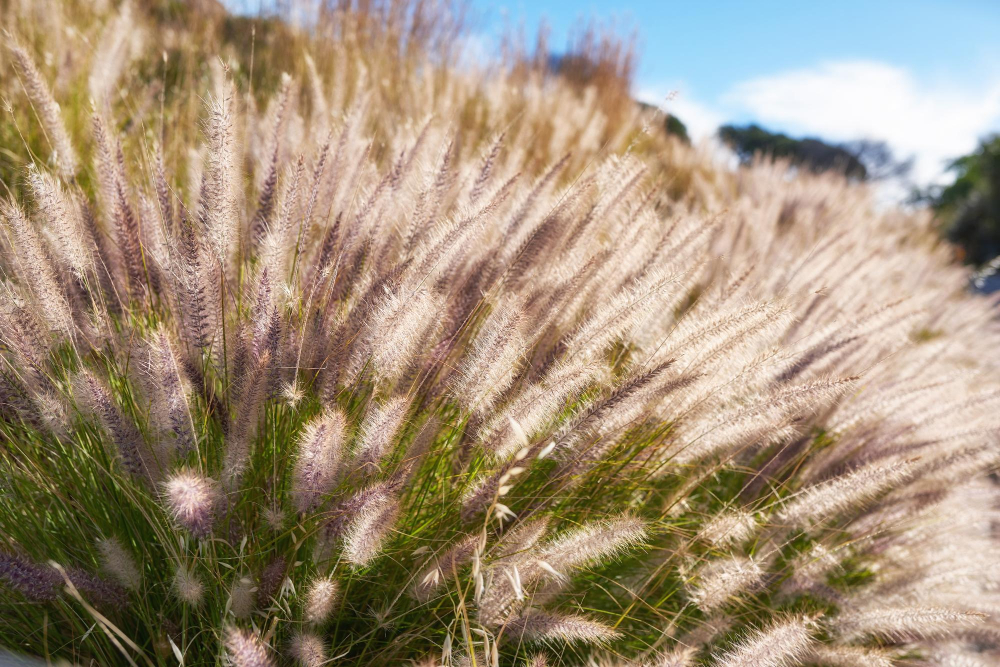
First and foremost, consider your climate zone and soil type. Different grass alternatives thrive in different conditions, so it’s important to choose plants that will do well in your specific area.
Another key factor is maintenance requirements. While many grass alternatives require less upkeep than traditional lawns, some still need regular watering or pruning to stay healthy and attractive.
Be sure to choose a low-maintenance option if you’re looking for an easy-care landscape.
Think about how you’ll be using your outdoor space. If you have kids or pets who love playing outside, look for durable groundcovers or artificial turf options that can withstand heavy foot traffic without getting damaged.
Cost Comparison: Grass Vs. Alternatives

While grass alternatives can be more expensive upfront than traditional lawns, they often pay for themselves in the long run with lower maintenance costs and water bills. For example, artificial turf may have a higher initial cost but requires no watering or mowing and lasts longer than natural grass.
Native groundcovers like buffalo grass or blue grama are also low-maintenance options that require less water and fertilizer compared to traditional lawns.
On the other hand, some lawn substitutes like mosses or lichens may be cheaper initially but require more upkeep over time as they need regular watering and pruning to maintain their appearance.
Ultimately, choosing the right grass alternative depends on your budget as well as your personal preferences for aesthetics and maintenance requirements. By considering both short-term costs and long-term savings potential when selecting an alternative landscape option you can create a beautiful outdoor space that fits within your budget while being eco-friendly at the same time!
FAQ
What is the alternative to drought resistant grass in Texas?
Alternative: In Texas, buffalograss (Buchloe dactyloides) serves as a drought-tolerant and disease-resistant alternative to traditional water-hungry grasses, making it suitable for residential, commercial, golf, and erosion control applications.
How do I replace my grass in Texas?
To replace your grass in Texas, consider using native ground cover alternatives such as Asian jasmine or trailing rosemary for a more sustainable and visually appealing option.
What is the lowest maintenance grass in Texas?
The lowest maintenance grass in Texas is Augustine grass, as it is drought-tolerant, hardy, and thrives in temperatures from 75 to 90 degrees, making it one of the easiest grass varieties to care for.
What are the best native ground cover plants for a Texas lawn?
The best native ground cover plants for a Texas lawn include buffalo grass, curly mesquite, blue grama, and habiturf.
How can artificial turf be a viable alternative to natural grass in Texas?
Artificial turf can be a viable alternative to natural grass in Texas due to its lower water consumption, reduced maintenance requirements, and heat-resistant properties.
What are the environmental benefits of using grass alternatives in Texas landscapes?
Using grass alternatives in Texas landscapes provides the environmental benefits of reducing water consumption, promoting biodiversity, and improving overall ecosystem health.
Recap
